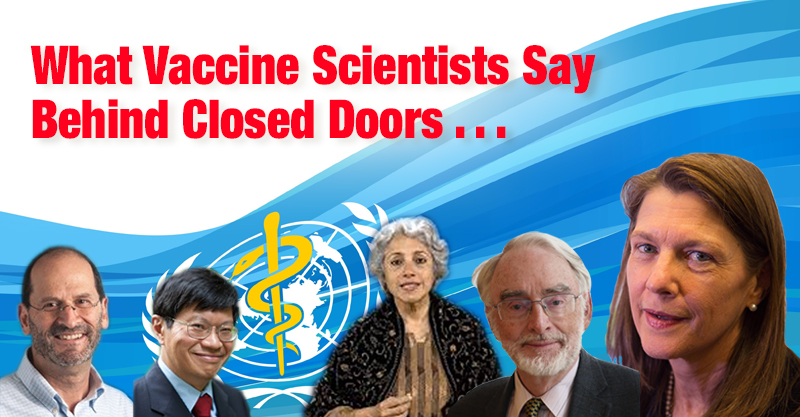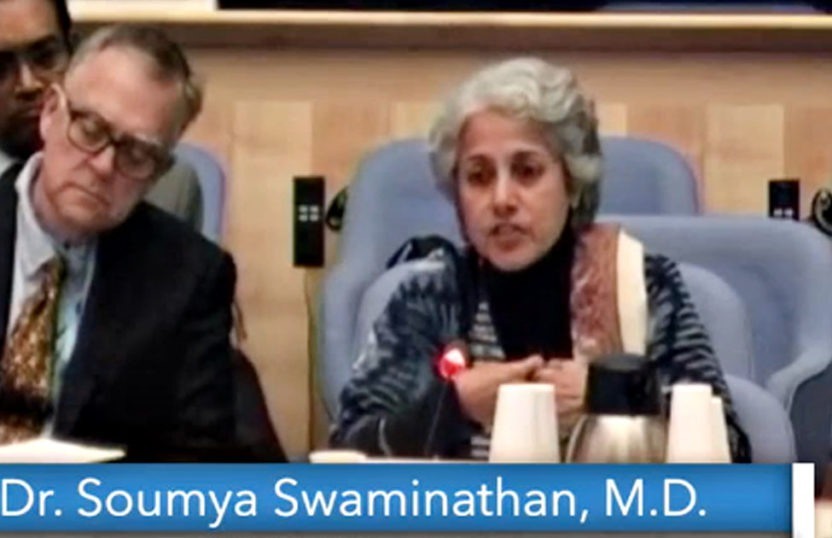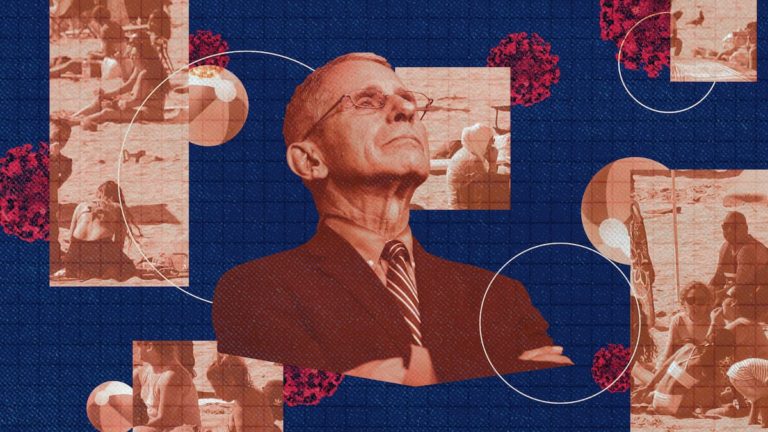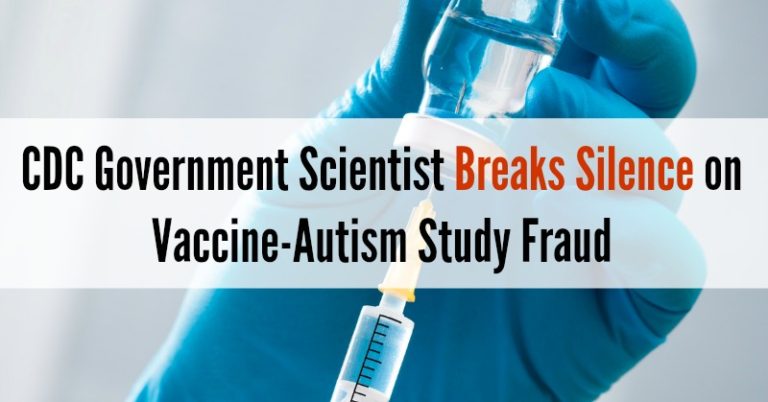Scientists at WHO Global Summit Confirm the Absence of Vaccine Safety Science
On Dec. 2- 3, 2019, the World Health Organization convened the Global Vaccine Safety Summit in Geneva, Switzerland. The aim of the summit was to “take stock of [the] accomplishments” of WHO’s Global Advisory Committee on Vaccine Safety (GACVS) and to work toward finalizing the agency’s Global Vaccine Safety Blueprint 2.0 strategy 2021-2030.
Attendees at this high level summit included GACVS members (past and present), vaccine program managers, regulatory authorities from the Food and Drug Administration (FDA) and Centers for Disease Control (CDC), “and representatives of UN agencies, academic institutions, umbrella organizations of pharmaceutical companies, technical partners, industry representatives and funding agencies.”
The entire two-day summit proceedings were videotaped.
A 56 minute Video of Day 2 of the WHO Summit captured the candid discussion by prominent, influential, leading vaccine science authorities.
The discussion by these scientists confirms that the ever repeated mantra, “vaccines are incredibly safe and effective” is merely a propaganda sound bite; it is used by vaccine promoters to drown out legitimate questions about the safety of vaccines.
Dr. Soumya Swaminathan, MD, the Chief Scientist at the WHO, assures the public in this promotional video (dated November 28, 2019), that: “vaccines are perfectly safe.”

Five days later, at the WHO Global Vaccine Safety Summit (on December 3, 2019) Dr. Swaminathan expresses her frustration, acknowledging to the medical scientific audience that:
[perfectpullquote align=”right” bordertop=”false” cite=”” link=”” color=”” class=”” size=””]“we cannot over-emphasize the fact that we really don’t have very good safety monitoring systems… deaths occur after vaccination but that in most cases there is obfuscation about the cause.” [/perfectpullquote]
“we’re not able to give clear-cut answers when people ask questions about the deaths that have occurred due to a particular vaccine….”
Dr. Swamunathan is not the only scientist who publicly promotes vaccines as “safe and effective” in the knowledge that this claim is NOT supported by scientific evidence.
- When discussing vaccines among themselves, scientists acknowledge the truth; namely, that vaccines have not been properly tested for safety; that the pre-licensing tests failed to detect serious adverse reactions due to lack of statistical power.
- Vaccine safety, they acknowledge, has not been proven to date. There are no six week, eight week or sixteen week follow-up – as there is in drug safety trials.
- They express frustration about the lack of vaccine safety science – in particular safety evidence to support childhood vaccination schedules.
- Furthermore, these experts acknowledge the absence of any reliable surveillance safety monitoring system to monitor and document adverse events linked to specific vaccines or adjuvants in vaccines.
The video discussion by these knowledgeable scientists validates the concerns of parents and a rapidly increasing number of physicians, scientists and healthcare professionals whose number is rapidly increasing.

Martin Howell Friede, Coordinator, Initiative for Vaccine Research, WHO acknowledged the absence of safety data regarding widely used vaccine adjuvants; Vaccine adjuvants, he acknowledges, are most often blamed for serious adverse reactions. But adjuvants, such as aluminum, formaldehyde, mercury, have not actually been tested to evaluate their safety even as these are injected into babies.
Dr. Heidi Larson, MA PhD Anthropologist, Director of The Vaccine Confidence Project, gave the Plenary lecture. She confirmed that confidence in vaccines is plummeting.

She confirmed that safety is the number one concern of those who raise questions and hesitate or refuse to vaccinate their children.
She cited a scientific study documenting the rapidly rising tide of people who question the safety of vaccines and express fear of side-effects.
Dr. Larson acknowledged that what is being dismissed as “misinformation” is NOT misinformation – and that’s the problem.”
She expressed grave concern that “[perfectpullquote align=”right” bordertop=”false” cite=”” link=”” color=”” class=”” size=””]”the issue of loss of trust is not only loss of confidence by parents in medical authorities, but that loss of confidence by healthcare providers”[/perfectpullquote]
–i.e., physicians who are also questioning vaccine safety – “is a huge problem”.
“If we lose doctors’ confidence we’re in trouble.”
“we don’t have the science that’s relevant to the new problem- we need much more investment in safety science.”
[perfectpullquote align=”full” bordertop=”false” cite=”” link=”” color=”” class=”” size=””]“Our Biggest challenge is we’ve shifted from natural immunity to vaccine-immunity. We are in a unique position in human history; we’ve shifted the human population to vaccine-induced immunity…
We’re in a very fragile state now because we are dependent
on vaccine immunity. We have nowhere to go.”[/perfectpullquote]
Video capturing 9:11 minutes Transcript: (Courtesy Children’s Health Defense)
00:19 Dr. Heidi Larson, MA PhD Anthropologist, Director of The Vaccine Confidence Project:
There’s a lot of safety science that’s needed, and without the good science we can’t have good communication. So, although I’m talking about all these other contextual issues and communication issues, it absolutely needs the science as the backbone.
You can’t repurpose the same old science to make it sound better if you don’t have the science that’s relevant to the new problem. So, we need much more investment in safety science.
00:52 Dr. Soumya Swaminathan, M.D., Chief Scientist, WHO, Pediatrician:
I think we cannot over-emphasize the fact that we really don’t have very good safety monitoring systems in many countries, and this adds to the miscommunication and the misapprehensions, because we’re not able to give clear-cut answers when people ask questions about the deaths that have occurred due to a particular vaccine, and this always gets blown up in the media.
One should be able to give a very factual account of what exactly has happened and what the cause of deaths are. But in most cases, there’s some obfuscation at that level, and therefore there’s less and less trust then in the system.
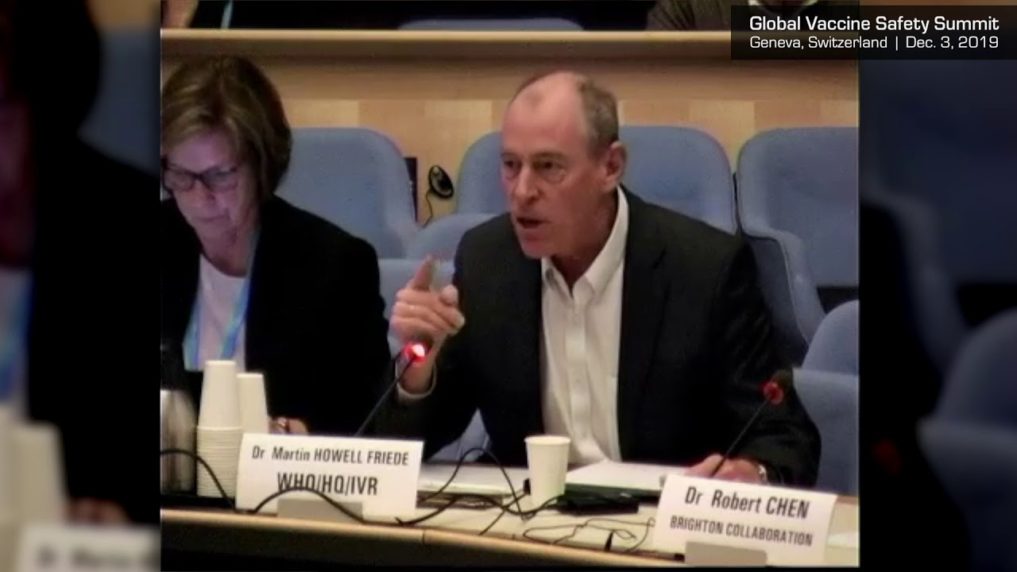
01:30 Dr. Martin Howell Friede, Coordinator, Initiative for Vaccine Research, WHO:
Every time that there is an association, be it temporal or not temporal, the first accusation is it is the adjuvant, and yet without adjuvants we are not going to have the next generation of vaccines, and many of the vaccines that we do have, ranging from tetanus through to HPV, require adjuvants in order for them to work. So, the challenge that we have in front of us is how do we build confidence in this. And the confidence first of all comes from the regulatory agencies
02:00 MH Friede: When we add an adjuvant, it’s because it is essential. We do not add adjuvants to vaccines because we want to do so. But when we add them it adds to the complexity. And I give courses every year on how do you develop vaccines, how do you make vaccines. And the first lesson is while you’re making your vaccine if you can avoid using an adjuvant please do so. Lesson two is if you’re going to use an adjuvant use one that has a history of safety. And lesson three is if you’re not going to do that, think very carefully.
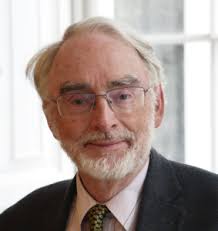
02:38 Dr. Stephen Evans, Professor of Pharmacoepidemiology:
It seems to me that adjuvants multiply the immunogenicity of the antigens that they are added to, and that is their intention. It seems to me they multiply the reactogenicity in many instances, and therefore it seems to me that it is not unexpected if they multiply the incidence of adverse reactions that are associated with the antigen, but may not have been detected through lack of statistical power in the original studies.
03:17 MH Friede: You are correct. As we add adjuvants, especially some of the more recent adjuvants such as the AS01 saponin-derived adjuvants, we do see increased local reactogenicity. The primary concern though, usually, is systemic adverse events rather than local adverse events. And we tend to get, in the phase two and the phase three studies, quite good data on the local reactogenicity.
Those of us in this room that are beyond the age of 50 who have had the pleasure of having the recent shingles vaccine will know that this does have quite significant local reactogenicity. If you got the vaccine, you know that you got the vaccine. But this is not the major health concern.
The major health concern which we are seeing are accusations of long-term effects. So, to come back to this, I’m going to once again point to the regulators, it comes down to ensuring that we conduct the phase two and the phase three studies with adequate size and with appropriate measurement.

04:24 Dr. David Kaslow, M.D., V.P., Essential Medicines, Drug Development Program PATH Center for Vaccine Innovation and Access (CVIA):
So in our clinical trials, we are actually using relatively small sample sizes, and when we do that, we’re at risk of tyranny of small numbers, which is you just need a single case of Wegener’s granulomatosis and your vaccine has to solve… [04:39]
How do you prove a null hypothesis? And it takes years and years to try to figure that out. So it’s a real conundrum, getting the right size, dealing with the tyranny of small numbers, making sure that you can really do it, so I think one of the things that we really need to invest in are, kind of, better biomarkers, better mechanistic understanding of how these things work, so we can better understand adverse events as they come up.

05:12 Dr. Marion Gruber, Director, Office of Vaccines Research and Review, Center for Biologics Evaluation and Research, FDA:
One of the additional issues that complicates safety evaluation is if you look at and you struggle with the length of follow-up that should be adequate in a… Let’s say a pre-licensure even post-marketing study, if that’s even possible. And again, as you mentioned pre-licensure clinical trials may not be powered enough.
It’s also the subject population that you administer the adjuvant to, because we’ve seen data presented to us where an adjuvant, a particular adjuvant added to a vaccine antigen did really nothing when administered to a certain population, and it’s usually the elderly, compared to administering the same formulation to younger age strata. So, these are things which need to be considered as well and further complicate safety and effectiveness evaluation of adjuvants combined with vaccine antigens.
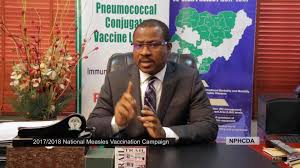
06:00 Dr. Bassey Okposen, Program Manager, National Emergency Routine Immunization Coordination Centre (NERICC), Abuja, Nigeria:
I cast back my mind to our situation in Nigeria, where at 6 weeks, 10 weeks, 14 weeks, a child is being given different antigens from different companies and these vaccines have different adjuvant, different preservatives and so on.
- Something crosses my mind, is there a possibility of these adjuvants’ preservatives cross-reacting amongst themselves?
- Have there ever been a study on the possibility of cross-reactions from the panel members that you can share the experience with us?
[* In response to this significant question posed by Dr. Okposen, Dr. Chen responds with his usual bureaucratic obfuscation.]

06:44 Dr. Robert Chen, M.D., Scientific Director, Brighton Collaboration, until Jan. 2019 he served as Chief Vaccine Safety officer at the Centers for Disease Control (CDC):
Now, the only way to tease that out is if you have a large population database, like the Vaccine Safety Datalink as well as some of the other national databases that are coming into being, where the actual vaccine exposure is tracked down to that level of specificity of who is the manufacturer, what is the lab number, etcetera, etcetera, and there’s initiative to try to make the vaccine label information barcoded so that it includes that level of information so that in the future when we do these type of studies we’re able to tease that out. And in order to… Each time you subdivide then the sample size gets becoming more and more challenging.
And that’s what I said earlier today about that we’re really only in the beginning of the era of large data sets where hopefully you could start to, kind of, harmonize the databases for multiple studies and there’s actually an initiative underway, Helen there may want to comment on it, to try to get more national vaccine safety database linked together, so we could start to answer these type of questions that you just raised.
08:05 Heidi Larson, PhD:
The other thing that’s a trend and an issue is not just confidence in providers, but confidence of healthcare providers. We have a very wobbly health professional frontline that is starting to question vaccines and the safety of vaccines. When the frontline professionals are starting to question or they don’t feel like they have enough confidence about the safety to stand up to it, to the person asking them the questions. I mean, most medical school curriculums, even nursing curriculums, in medical school you’re lucky if you have a half day on vaccines, never mind keeping up-to-date with all this.
See: Video of 2-day Summit of the World Health Organization Vaccine Safety Summit (December 2-3, 2019);
2- hour version of the video with is commentary by Del Bigtree was first published on his program The Highwire.
56 Minute Video (December 3)
This is Part 3 of a 3 part series about the Corrupted World Health Organization
And Part 1. Anatomy of Corruption: the WHO Public Health Guidelines
Read Part 2. The WHO Vaccination Agenda 2030: A PhRMA Global Strategy

